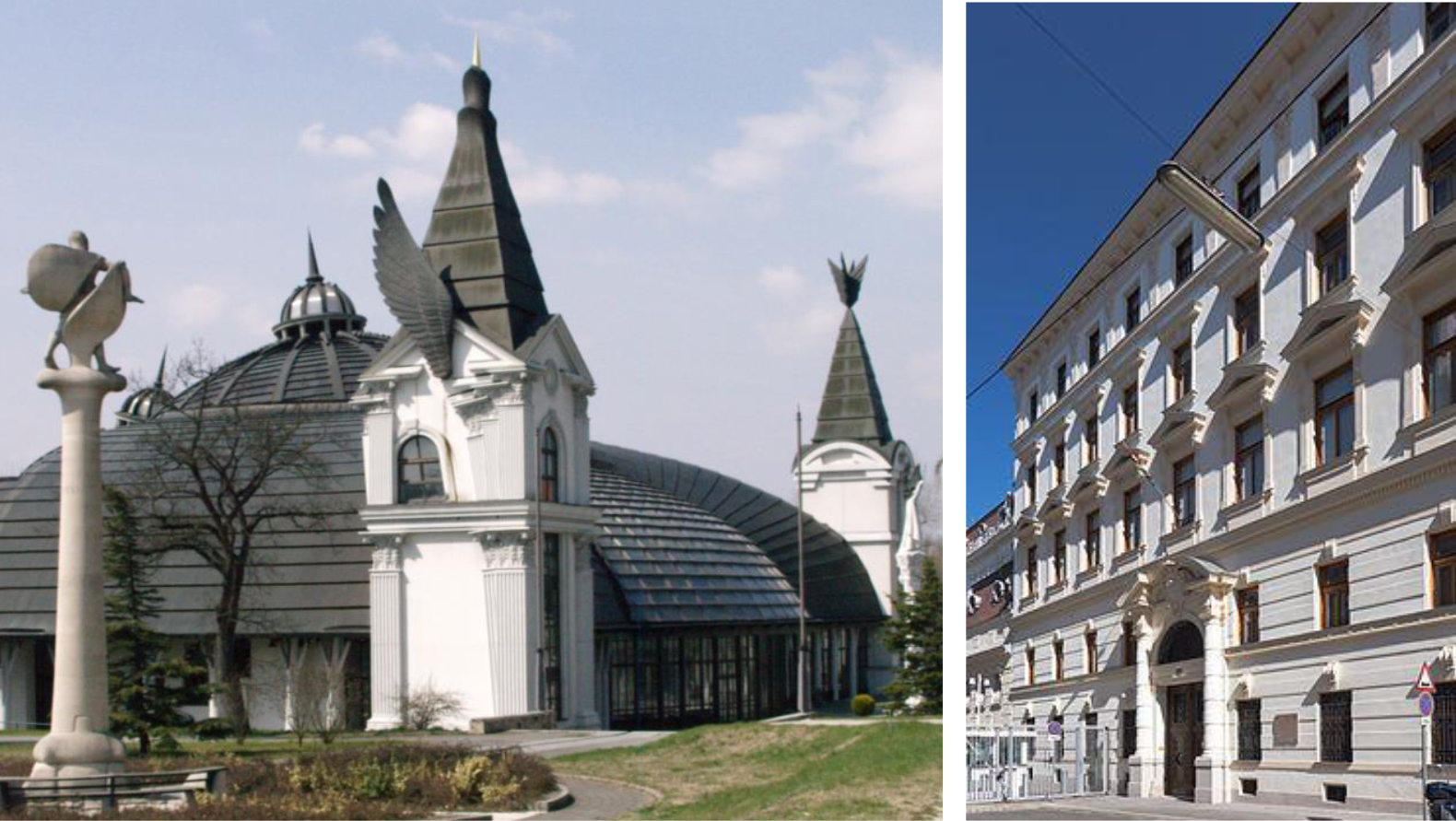Today is a significant day, because the creator of Hungarian organic architecture, Imre Makovecz, was born on November 20, 1935.
The later famous architect was born in Budapest, the son of laboratory technician Imre Makovecz and Juliánna Sallai. In the first ten years of his life, he spent a lot of time in his father's native village, Nagykapornak in Zala, which had a great impact not only on his personal life, but also on his later career.
He graduated from Petőfi Sándor High School in Budapest. He began and completed his university studies at the Faculty of Architectural Engineering of the Budapest University of Technology in 1959. Between 1959 and 1977 he worked for various state design companies, but in between
he traveled the countryside with his colleagues to organize cultural associations and build village houses in villages that were doomed to wither at the time in order to preserve them.
In Sárospatak, they began to build residential houses that were much more economical than panel-type houses, but at the time the state leadership did not look favorably on this, so he went into voluntary exile and worked as the chief architect of the Pilisi Parkerdőgazdaság between 1977-81.
During this period, in 1979, he designed one of the first buildings that established his international reputation, the Zsindelyes Vendégház in Dobogókő.
The breakthrough in his career occurred when he founded an independent architectural office in 1981 and became the head of the Makona Tervező Small Cooperative. He designed many public buildings (churches, community centers), mainly in rural towns.
He became famous for his buildings with a completely individual composition, as the creator of the organic architectural style.
He considers the Paks church to be his first notable work, which earned its designer a national reputation with its slender, needle-pointed roof, arched entrance, and individual style. Similarly, the Lutheran church in Siófok, built a few years earlier, is a tourist attraction and a characteristic carrier of its style. His earlier work is the interior of the Farkasrét cemetery mortuary. But his reputation is enhanced by the building complex of Pázmány Péter Catholic University in Piliscsaba, the Stephaneum, which evokes a medieval atmosphere. Among his more recent works, the Onion House in Makó and the swimming pool in Eger bear his characteristic style.

His main work as an architect is the Hungarian pavilion at the 1992 World Exhibition in Seville.
To this day, more than a hundred buildings with different functions and bearing characteristic style marks indicate the result of his work. Buildings made using traditional materials, especially wood, have a tradition-preserving effect, so wood is not used as a decorative element, but as a structure, Wikipedia reminds us in its summary.
According to Imre Makovecz, the building should look as if the bottom had grown out of the ground and the top had descended from the sky.
From 1981, he became a teacher at the BME, the College of Applied Arts and the MÉSZ Master's School, from 1987 at the International Academy of Architecture. In 1992, he was one of the founders of the Hungarian Academy of Arts, later became its president, and the International Academy of Architecture was also among its members.
The Kossuth Prize-winning Hungarian architect died on September 27, 2011, and his funeral was held on October 8 in the Farkasrét cemetery, in the presence of thousands of people.












